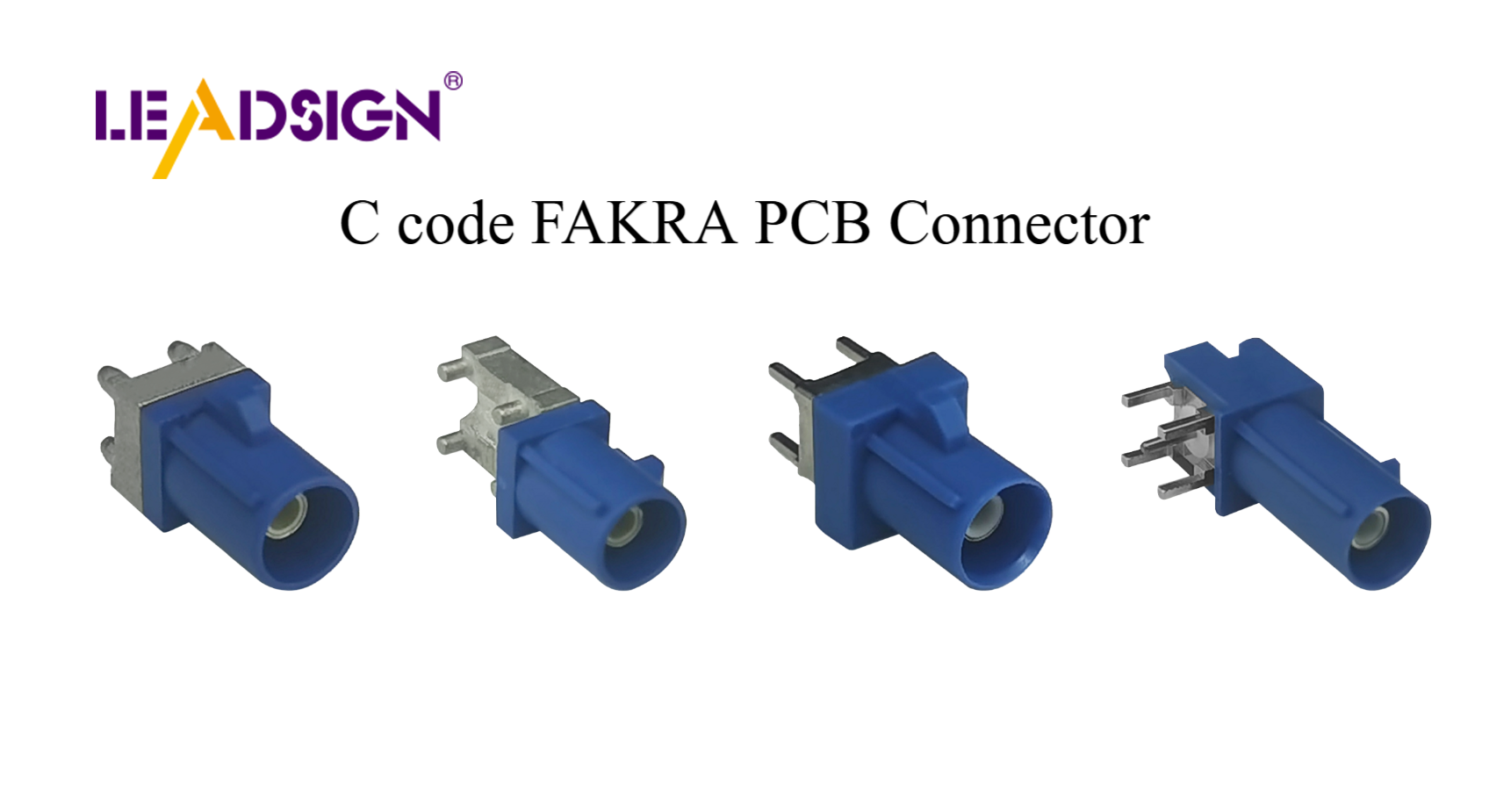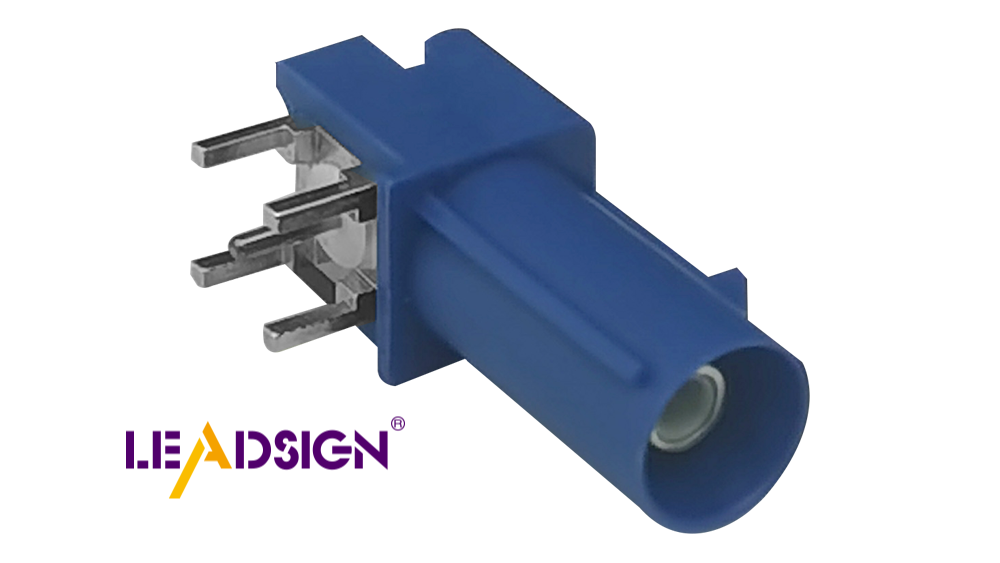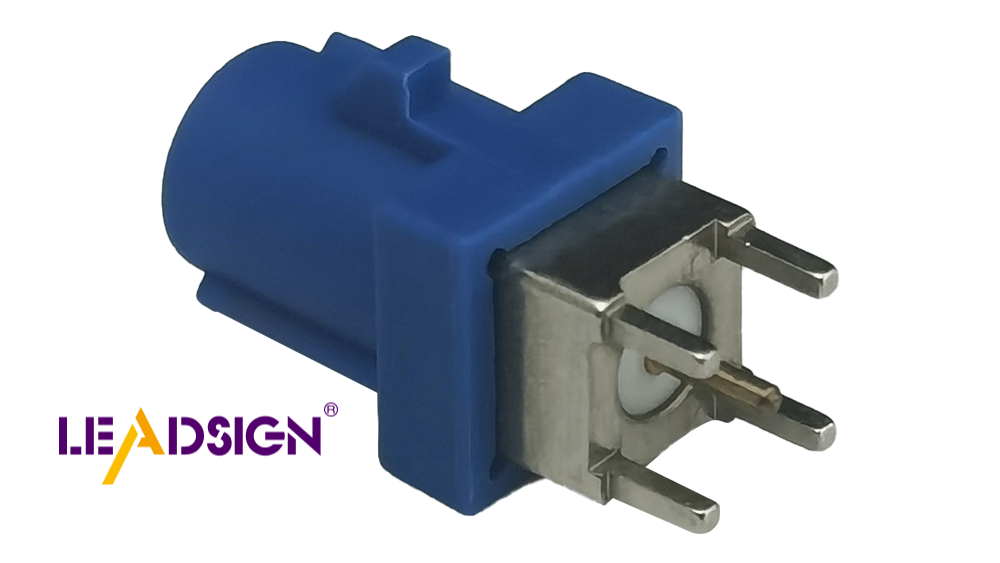Advancements in Automotive Networking Tools and Applications

Modern cars have changed how parts inside them work together. Automotive networking, particularly through automotive Ethernet, helps send data quickly and smoothly. This technology ensures that car systems communicate with each other reliably, which is crucial for advanced vehicles like self-driving cars. Unlike older methods, automotive networking handles the large data needs of today’s cars. It is key for safety, entertainment, and staying connected. By utilizing this robust network, car manufacturers enhance how sensors, cameras, and controls share information, leading to smarter and safer driving for everyone.
Key Takeaways
Automotive Ethernet revolutionizes car communication by enabling fast and reliable data sharing, essential for advanced features like self-driving technology and safety systems.
Transitioning from older systems like CAN and LIN to Ethernet allows for greater scalability and efficiency, accommodating the complex data needs of modern vehicles.
Key technologies such as Multi-Gigabit Ethernet PHYs and TSN enhance the performance and safety of automotive networks, ensuring timely data transmission for critical systems.
Automotive Ethernet supports over-the-air (OTA) updates, allowing manufacturers to easily upgrade vehicle software without requiring service visits, keeping cars up-to-date with the latest technology.
Security measures like encryption and secure boot are crucial in protecting automotive networks from cyber threats, ensuring safe communication between car systems.
The integration of Ethernet in vehicle-to-everything (V2X) communication enhances traffic management and safety, enabling cars to interact seamlessly with their environment.
By adopting automotive Ethernet, manufacturers can reduce costs and complexity, leading to lighter, more efficient vehicles that are easier to upgrade and maintain.
The Evolution of Automotive Ethernet

From Old Bus Systems to Ethernet: A Big Change
Cars once used old systems like CAN and LIN to connect parts. These worked fine for simple tasks but struggled as cars got smarter. They couldn't keep up with the need for faster and better communication. That’s when automotive Ethernet came in and changed everything.
Unlike those old systems, Ethernet lets many parts share data at once. It’s faster and avoids delays, which is important for features like ADAS and entertainment systems. By using Ethernet, car makers found a way to handle more complex systems and prepare for the future.
Important Steps in Using Automotive Ethernet
Automotive Ethernet started by solving problems unique to cars. Early steps included creating rules like IEEE 802.3 to make Ethernet tough enough for cars. These rules made sure it worked well even in rough conditions.
Over time, Ethernet got faster and could handle more data. Gigabit Ethernet was a big step, allowing quick communication for important systems. Now, even faster networks are common, helping with self-driving cars and V2X technology. Each step has made cars smarter, safer, and more connected.
Why Ethernet is Key for Car Communication
Ethernet is now the main way car parts talk to each other. It’s fast and doesn’t lag, which is needed for systems like ADAS and entertainment. It can handle all the data from sensors and cameras in real time.
Ethernet is also cheaper and easier to use than older systems. It follows common rules, so car makers can use it without extra costs. This helps make cars better and less expensive.
Lastly, Ethernet has advanced features like TSN, which keeps timing perfect. This is very important for safety systems. Whether it’s helping car parts talk or updating software, Ethernet is reliable and flexible for today’s cars.
Latest Tools and Technologies in Automotive Ethernet
High-Speed Ethernet PHYs and Switches
Multi-Gigabit Ethernet PHYs for Fast Data Transfer
Modern cars need quick and steady data sharing. Multi-Gigabit Ethernet PHYs make this possible. They are fast enough for self-driving and sensor systems. These parts help car systems talk without delays. With speeds up to 10 Gbps, they handle data from cameras and radars. They also follow car-specific rules, making them tough for rough conditions.
Ethernet Switches for Growing Car Networks
Ethernet switches help connect many car parts together. They let devices share data smoothly. These switches can grow as cars get more advanced. Some switches use TSN to focus on safety data first. This makes networks flexible and ready for future needs.
Software Platforms and Testing Tools
Real-Time Operating Systems (RTOS) and Middleware
RTOS and middleware help manage car Ethernet systems. RTOS makes sure tasks happen on time, which is key for safety. Middleware helps different systems work together easily. Together, they keep car technologies running smoothly.
Network Simulation and Testing Tools
Testing makes sure car Ethernet works well. Simulation tools let you test networks before using them. They find problems early, saving time and money. Testing tools like VN5000 check Ethernet performance and mimic real-world use. They ensure networks meet high car standards.
Advanced Connectors and Standards
FAKRA Connectors for High-Frequency Use
FAKRA connectors are made for high-frequency car systems. They connect things like GPS and radios securely. These connectors are strong and easy to use. They lock tightly and handle data up to 8 Gbps, perfect for modern cars.
TSN and IEEE 802.1AS Standards
TSN and IEEE 802.1AS are important for car Ethernet. TSN keeps timing accurate for safety systems. It reduces delays and improves reliability. IEEE 802.1AS syncs all devices, so they work together. These standards make car Ethernet better and ready for new ideas.
Applications of Automotive Ethernet Networking

Advanced Driver Assistance Systems (ADAS)
Fast Data Sharing for Sensor Fusion
ADAS needs quick and accurate data to work safely. Automotive Ethernet helps sensors, cameras, and controls share data instantly. It combines data from different sources to understand the car's surroundings. This helps detect obstacles, read traffic signs, and stay in lanes. With fast data sharing, decisions are made quickly, making ADAS more reliable.
Strong Networks for Safety Features
Modern safety systems need smooth communication inside the car. Automotive Ethernet gives the speed needed for features like emergency braking and collision avoidance. These systems use large amounts of data, like video or radar signals. Ethernet moves this data fast, so safety actions happen right away. With Ethernet, driving becomes safer and easier.
Vehicle-to-Everything (V2X) Connectivity
Quick Communication for Self-Driving Cars
V2X changes how cars connect with their surroundings. Automotive Ethernet allows cars to share information quickly. This helps self-driving cars avoid crashes, predict traffic, and handle intersections. Ethernet’s high speed makes these tasks smooth and safe.
Better Interaction with Roads and Signals
V2X lets cars talk to traffic lights and road sensors. This improves traffic flow and saves fuel. Ethernet can grow with smart cities, where cars and roads work together. Using Ethernet-based V2X makes transportation more connected and efficient.
Software-Defined Vehicles (SDVs)
Simple Networks for Advanced Cars
Software-defined vehicles are the future of cars. They use simple networks to connect all parts. Automotive Ethernet is the main system for these networks. It reduces the need for many communication methods, making cars smarter and easier to upgrade.
Easy Updates for Car Systems
OTA updates are common in new cars. Automotive Ethernet makes these updates fast and secure. You can get new features or fixes without visiting a shop. This keeps your car updated and ready for the latest technology. Ethernet ensures updates are smooth and reliable.
Challenges and Solutions in Automotive Ethernet Networking
Security and Reliability Concerns
Keeping Cars Safe from Cyber Threats
As cars get smarter, keeping them safe from hackers is crucial. Automotive Ethernet helps protect how car systems talk to each other. Hackers might try to mess with systems or steal data. To stop this, car makers use strong security rules in networks. These rules keep data safe and allow only trusted devices to connect.
New tools like AI and machine learning make security even better. They spot strange activity quickly to stop problems early. Over-the-air (OTA) updates also fix issues fast, keeping car systems safe and updated.
Using Secure Boot and Data Encryption
Secure boot makes sure only safe software runs in cars. This stops harmful programs from breaking into systems. Encryption scrambles data so hackers can’t read it. Even if they get the data, they can’t use it without special keys.
Automotive Ethernet supports these safety features. With secure boot, encryption, and strong rules, cars stay connected and safe.
Scalability and Integration Challenges
Handling Complex Car Systems
Modern cars have many systems like ADAS and infotainment. These systems need to work together smoothly. Automotive Ethernet helps by creating one system for all data. It’s fast and makes sure important signals, like safety alerts, are sent first.
Car makers use Ethernet switches to grow networks as needed. These switches make it easy to add new features while keeping systems reliable.
Connecting Old and New Systems
Some cars still use older systems like CAN and LIN. Switching to Ethernet needs careful planning to connect old and new parts. Gateways help by translating data so both systems can work together.
This way, cars can use Ethernet benefits without losing old features. It also makes upgrades easier and less costly.
Cost and Power Efficiency
Saving Energy with Smart Ethernet
Saving energy is important, especially for electric cars. Automotive Ethernet uses low-power technology to save energy while working well. Energy-Efficient Ethernet (EEE) lowers power use when data sharing is slow.
These improvements make Ethernet a smart and eco-friendly choice for cars.
Balancing Speed and Energy Use
Fast data sharing often uses more power. Automotive Ethernet balances speed and energy use. Multi-gigabit Ethernet PHYs are fast but also energy-efficient. They support advanced systems like ADAS without draining power.
By saving energy and working fast, Ethernet makes modern cars better and more reliable.
New tools in car networking have changed how cars work. Automotive Ethernet is now the main system for car communication. It helps send data quickly and reliably for safety and entertainment systems. These tools are making cars smarter, safer, and more connected. With software-defined cars, updates are easy, and driving becomes better. These changes keep improving cars, leading to a future with smarter and more efficient vehicles.
FAQ
What are the advantages of Automotive Ethernet over traditional networking technologies?
Automotive Ethernet is better than older systems for many reasons. It has higher bandwidth, which helps with data-heavy tools like cameras and radars. These are important for self-driving cars and ADAS. Ethernet also uses fewer wires, making cars lighter and cheaper. It allows scalability, so more devices can connect in the future. Its interoperability lets car systems work with outside networks easily.
How does Ethernet improve safety in modern vehicles?
Ethernet makes cars safer by sharing data quickly and reliably. It helps systems like emergency braking and lane-keeping work in real time. With TSN, safety data is shared without delays. This makes safety features more accurate and dependable, keeping drivers safe.
Why is Time-Sensitive Networking (TSN) important for automotive Ethernet?
TSN is key for keeping timing accurate in car systems. It ensures safety tools like ADAS get data on time. TSN reduces delays and syncs all devices to work together. This is crucial for combining data from sensors to make fast decisions.
Can Automotive Ethernet handle the demands of autonomous vehicles?
Yes, Automotive Ethernet is built for self-driving cars. It moves data quickly from cameras and sensors. This helps cars process information fast and correctly. Its reliability and ability to grow make it perfect for complex car networks.
What makes FAKRA connectors suitable for automotive applications?
FAKRA connectors are great for car systems like GPS and radios. They are strong, easy to use, and handle high-speed data. These connectors work well even in tough conditions, meeting car industry needs.
How does Automotive Ethernet support over-the-air (OTA) updates?
Automotive Ethernet makes OTA updates fast and secure. It lets car makers add new features or fix problems without a service visit. This keeps cars updated and running smoothly. Ethernet ensures updates happen without issues.
What challenges does Automotive Ethernet face, and how are they addressed?
Automotive Ethernet has challenges like security, old system links, and energy use. Encryption and secure boot protect data from hackers. Gateways help connect Ethernet to older systems like CAN. Energy-saving tech like EEE lowers power use while keeping performance high.
Is Automotive Ethernet cost-effective for manufacturers?
Yes, Automotive Ethernet saves money for car makers. It uses fewer wires, cutting costs for materials and labor. Its standard design avoids expensive custom solutions. Ethernet also supports simple, scalable networks, saving money while adding features.
How does Ethernet contribute to the development of software-defined vehicles (SDVs)?
Ethernet is the main system for SDVs. It connects all car parts with one network. This makes adding new features easier. Ethernet also supports OTA updates, so cars get upgrades without hassle.
What role does Automotive Ethernet play in V2X communication?
Automotive Ethernet is vital for V2X communication. It helps cars share data with traffic lights and other vehicles. This improves traffic flow and safety. Ethernet’s speed and low delays make it ideal for V2X tasks.
See Also
Improving Automotive HSD Systems Through USB Integration
Maximizing Automotive Data Flow With Superior Connectors
Boosting Data Transfer: Significance of High-Speed Connectors
Understanding the Advantages of Fakra Connectors in Vehicles
Benefits of HSD Connectors for Automotive Entertainment Systems

